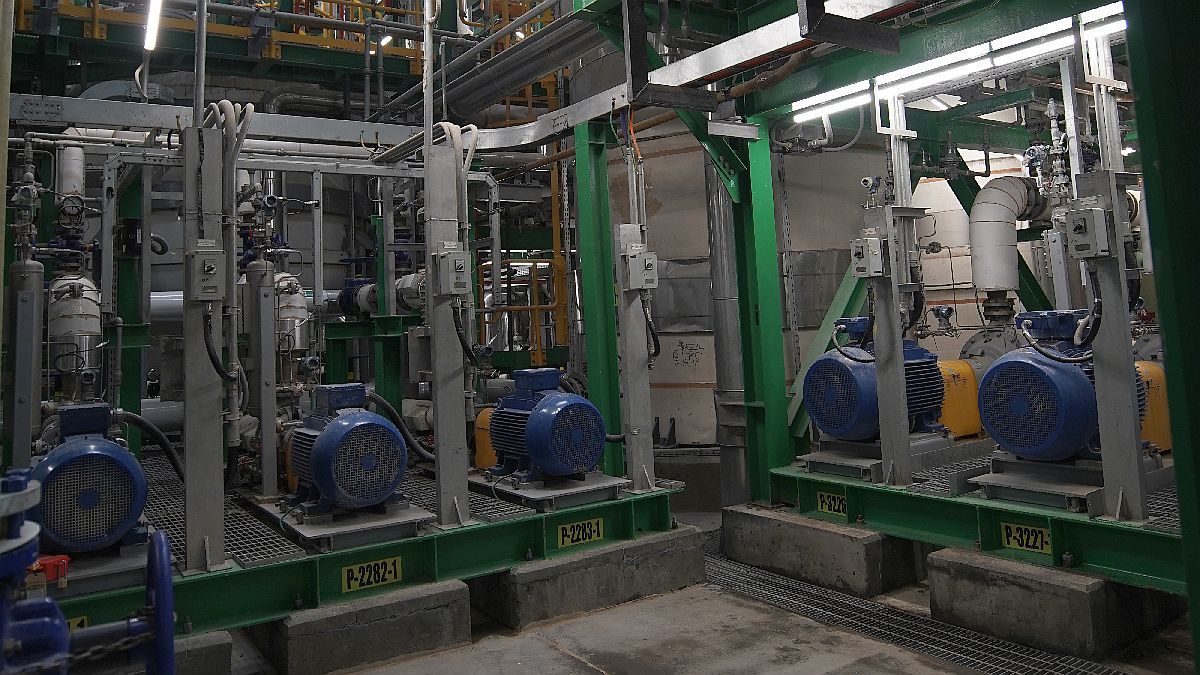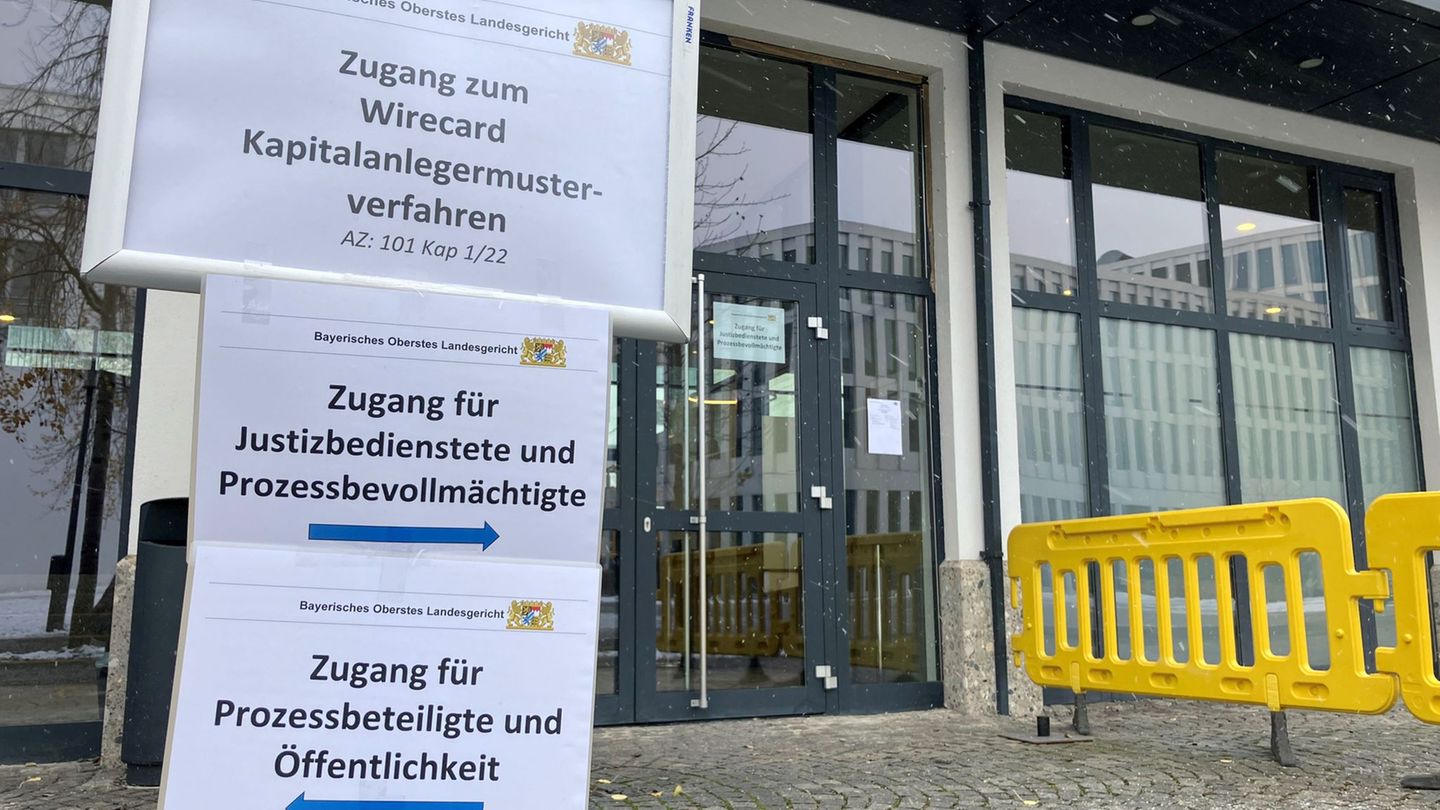From the point of view of the public sector and technically analyzing the variables, Achieving a fiscal surplus and sustaining it over time is a merit that must be recognized.
It is worth mentioning that achieving this challenge had the counterpart of a sharp drop in public spending. Specifically, the reduction of public works, the reduction of subsidies (transport, public services, etc.), transfers and co-participation to the provinces, practically to 0. In addition to the loss in registered salaries of the public sector (about +3.5 million people) and retirees (+7.3 million).
Here we can find big losers: construction with a drop of 16.6% according to the Monthly Estimator of Economic Activity of the INDEC (EMAE) for September. The importance of public spending on public works is evident, which strongly drives construction in general. As a consequence of this fall, the workforce in the sector is significantly impacted.
The other segment that shows signs of strong weakness are salaries and pensions in the public sectorimpacting family consumption and therefore on the sales of supermarkets, purchasing centers and wholesale supermarkets with significant falls of 11.6%, 9.9% and 14.4%, respectively, accumulated as of September according to to INDEC.
On the other hand, it stands out and, as a consequence of the brutal fall in public spending, the collapse of public education budgets (primary, secondary and university), disinvestment in science, technology and research and development (CONICET, INTI, INTA, among others) and to public health (3.8% of the total 2024 budget, when it is normally around 2.5 times above the current percentage).
Regarding the financial variables, The drop in country risk from 2,600 basis points to around 750 bp (3.5 times less) constitutes an important advance that is incipiently opening new doors to the international credit market.. The path taken to reduce the country risk is a necessary condition, but not sufficient to guarantee fresh credit.
The gaps regarding the different exchange rates (official, MEP, CCL, blue) where a year ago they were around 200%, in December of this year they do not exceed 5%. Likewise, the monetary policy of lowering interest rates (133% Nov-23 vs. 32%) and the “crawling peg” of 2% monthly, provided credibility in the financial sector, one of the big winners this year. It is demonstrated in the performance of Merval, going from 580 points in November of last year to around 2,200 points at the close of this note, almost multiplied by 4.
Regarding the industry, whose characterization of the sector reflects diversity and heterogeneity, The negative impacts of private employees, at least until the middle of the year, impacted consumer demand and therefore hit the industry in general.
In the case of the utilization of installed capacity (UCI), as of September, is 5.5 percentage points below the same month last year (although at 9 pp above that reached in April). The automotive, textile, rubber and plastic, metalworking and chemical products industries showed strong declines in their production activities. On the other hand, oil refining is that industry that is evolving at a good pace, even if the Mining Industrial Production Index (INDEC) is observed, whose accumulated variation reaches 6.4% as of October of this year, leading precisely the crude oil sector. and natural gas.
According to data from the Industrial Union of Argentina (UIA) from last month, The Industrial Performance Monitor (MDI), although it is located in the contraction zone for the tenth consecutive survey, shows signs of improvement. Internal and external sales are still in negative territory, although with progress compared to previous months.
Regarding agriculture, a sector that depends on the Industrial Manufacturing Production Index (IPIM, INDEC), as of October, the accumulated variation reached -11.6%, practically coinciding with the previously mentioned indicators (UCI, MDI). Large drops are found in wood, paper and publishing, clothing and footwear, furniture, etc.
The outlook for next year is anchored under a scenario of continued slowdown in retail inflation (28% annually), low interest rates (25%), increase in productive and mortgage credit, salaries, exports (US$83 billion ), with a similar trade surplus (US$16 billion)and special participation of the oil and gas sector, incipient appearance of the mining sector all associated with the RIGI (Large Investment Incentive Regime) and consolidation of the knowledge economy sector that contributes approximately 10% of national exports.
Chief Economist of CREEBBA (Bahia Blanca Regional Center for Economic Studies). Bahía Blanca Stock Exchange Foundation
Source: Ambito
I’m a recent graduate of the University of Missouri with a degree in journalism. I started working as a news reporter for 24 Hours World about two years ago, and I’ve been writing articles ever since. My main focus is automotive news, but I’ve also written about politics, lifestyle, and entertainment.




